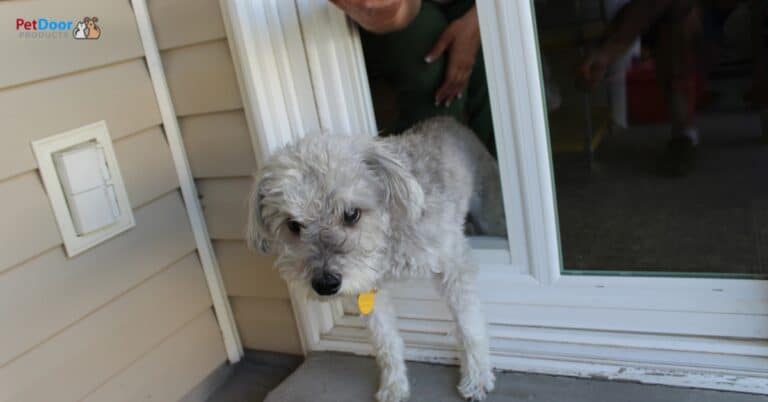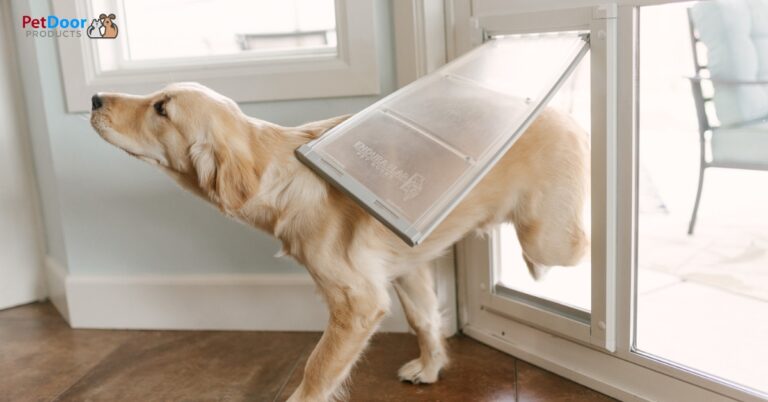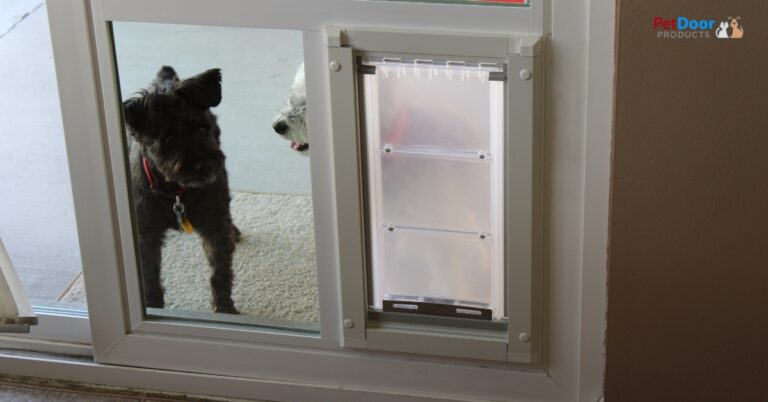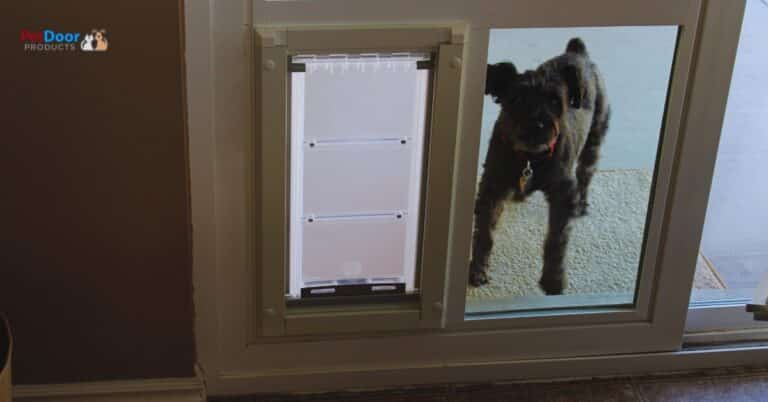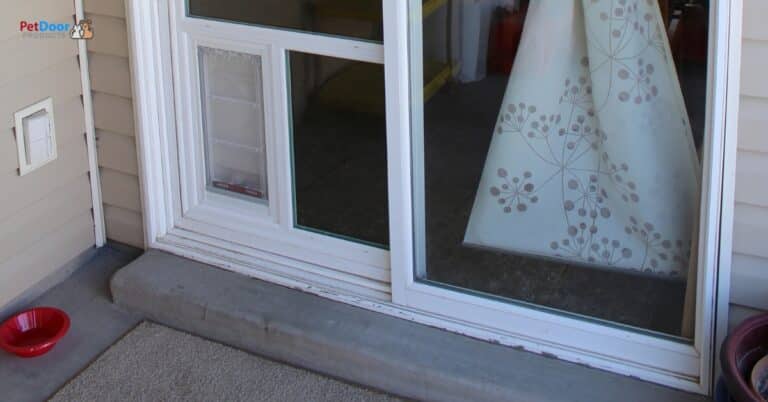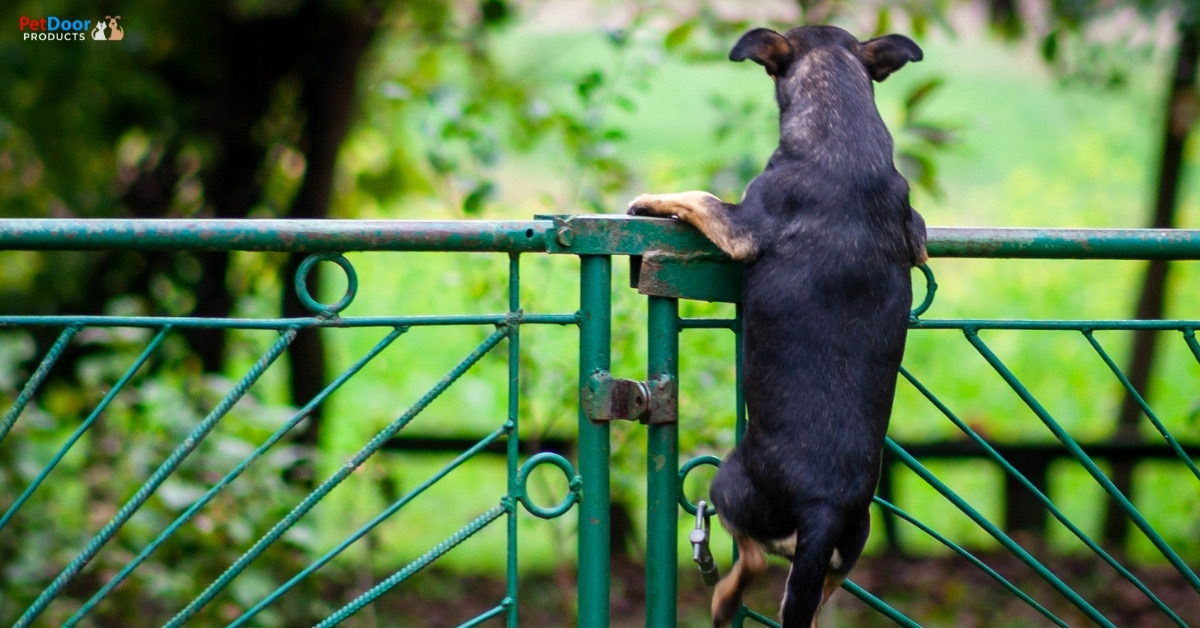
Training Your Dog to Stay Calm When Visitors Arrive

Many people may wonder, “What is it with dogs and doorbells?” But, in homes everywhere, dogs become over-excited when the doorbell rings or someone knocks on the door. Does that sound like what happens at your house too? Great news! It doesn’t have to be that way. With patience and training, you can train your dog to behave calmly when someone rings or knocks at your door.
Here are the basic methods for teaching your dog to behave well when guests arrive at your home (Click the link to jump to section):
- Train Your Dog to Sit and Stay
- Control the Front Door During the Training Period
- How to Stop Dog Barking at Door Knocking
- Regular Exercise and Proper Diet for Your Dog
- Making Changes of Behavior in Dogs
Train Your Dog to Sit and Stay
Sitting and staying on your command are excellent behavioral skills for a dog to learn. Learning to sit and stay obedient will stop your dog from becoming out of control when there’s a knock at the door. First, teach your dog to sit, using the standard technique of rewarding the correct response to your command. Then, teach your dog to stay where he’s sitting, again using the reward method until the new obedient behavior is habituated.
In teaching your dog to stay, you will also need to teach him/her a command that lets him know when he is allowed to leave the sitting position and resume moving around freely. Think of a cue word you want to use as that command to release your dog from continuing to stay. Some examples of a command word you might want to use to tell him he is released from the stay position could include, “Done!” or “Ok!” Always remember to follow your dog’s correct response with praise and a treat.
Training your dog to obey the release word and the command to stay helps your dog understand that he is expected to continue to stay, even when unfamiliar people are entering through the door. He’ll learn to remain still until you directly give him permission to move and freely greet the visitor. As with any dog training, continue to reinforce the stay and release commands with frequent repetition until the habit is fully developed.
Control the Front Door During the Training Period
Your dog is naturally aware that visitors knock on the door, whereas your family members do not knock. This difference makes the sound of the knock or doorbell ringing your dog’s cue to get excited. It’s the signal that someone who is not part of the household group is at the entry point of your and your dog’s personal living space.
During your period of training your dog to sit and stay, try having your family consistently knock on the door or ring the bell as they enter and come in calmly and quietly. This may help your dog become less excited by those sounds, recognizing that they no longer necessarily mean that someone unknown is asking to enter.
If possible, use the opportunities when family members come home to practice the sit and stay at the door. Go to the door — bring your treats with you — and practice the sitting and staying commands several times, each time letting the family member in, then having them go back out and repeat the exercise a few times.
How to Stop Dog Barking at Door Knocking
In addition to sitting and staying, change what the dog associates with a guest arriving. Practice by having a friend knock on the door or ring the doorbell. The majority of dogs will keep barking, even when they can see a person knocking. Use a standard command you’ve chosen to indicate you want your dog to be quiet. Immediately give him a treat for success. If your dog starts barking again, ignore the unwanted behavior. Reward your dog with a treat when they stop barking.
Practice for several minutes each training session. Speak with a calm voice, praise good behavior throughout the exercise. Put away the treats, and practice again later. With enough repetition, your dog will soon learn that staying calm and quiet when someone comes to your door means they will get a treat, but that barking gets no such positive and fun response from you.
Regular Exercise and Proper Diet for Your Dog
Routine exercise and proper nutrition are crucial for a dog’s mental, emotional, and physical health. Use quality pet food and to help your dog live with a healthy sense of balance and confidence, keep your pet physically active. Managing your dog’s health optimizes his/her quality of life. Further, training a dog to obey basic commands is much more likely to succeed with a healthy, well-adjusted dog.
Be sure your dog is receiving proper nutrients, calorie intake, and a minimum of 60 to 90 minutes of daily exercise, depending on the breed and age of your pet. Exercise can be walking, playing in the yard, chasing a ball or frisbee, etc. If you are too busy to make time to exercise your dog, consider doggie daycare. Your dog can enjoy hours of running and playing and learn critical social skills, which can help improve behavior.
Making Changes of Behavior in Dogs
In training your dog, the key benefit you have in your favor is that virtually all dogs are eager to bond with and earn the favor of their human parents. Knowing what the rules are and being rewarded for obeying those gives dogs a sense of belonging with you and the confidence that comes with knowing what is right and wrong for them to do. Note that dog front door aggression can require different training approaches.
So, having a visitor at the door need not be a challenging experience for anyone involved. With enough patience and repetition, your dog will learn how to be calm when there’s a knock at the door.
Another Game-Changer at Your Door From Pet Door Products
We provide energy-efficient pet doors that are built directly into your sliding glass door. We make doors for dogs and cats in various sizes to give your pet and you a whole new level of freedom!
Call Pet Door Products, Salt Lake City, UT, at 877-715-6798 for information about how we can have a state-of-the-art energy-efficient pet door installed in your sliding glass door for you today!
- The Best Dog Door Sliding Door Option in the United States that Solves Your Pet’s Outdoor Access Dilemma - September 15, 2023
- Revamp Your Home this Summer: Incorporate a Dog Door into Your Sliding Glass Door - September 4, 2023
- July Special: Avoid the Middleman Markup with Custom Built Glass Door Doggie Doors - July 24, 2023

